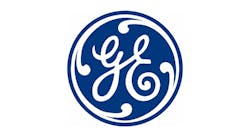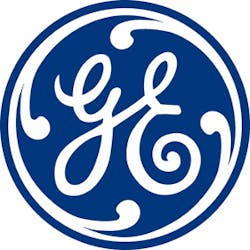For decades, material, chemical, and manufacturing start-ups and giants alike have developed increasingly high-performance materials and manufacturing methods. The resulting parts, alloys, composites, and coatings have had an enormous collective impact on a broad range of industries.
However, bringing novel materials or high performance parts to market is a slow process that does not appear to be getting any faster, and reducing prices enough for adoption in large scale applications takes even longer. Material and part producers face three key questions as a result of continually rising demands for high performance at low cost:
- How do you design products that effectively use emerging material technologies?
- How do you efficiently and reliably manufacture high-end products?
- How do emerging materials, designs, and manufacturing technologies affect your business model?
In recent years it has become increasingly clear that 3D printing (also known as additive manufacturing) is a key emerging tool that is reshaping the part's design and manufacturing processes. The aerospace industry is naturally an early adopter of emerging material technologies, and aircraft manufacturers' aircraft and aircraft parts—including Airbus, Boeing, Lockheed Martin, GE Aviation, and Pratt & Whitney—have been printing non-structural parts such as titanium brackets since the early 2000s.
A decade later, service bureaus (led by Morris Technologies) and research groups began developing expertise in printing metals with mechanical properties that matched or exceeded those of conventional alloy production, opening the possibility of 3D printing structural parts that can be used on production aircraft.
In recent years, GE has led the way in adopting 3D printing. GE Aviation acquired Morris Technologies and its 3D expertise in 2012, denying further use of Morris’s technologies and know-how to GE’s competitors. Those competitors soon began initiatives to adapt. For example, within months of the acquisition, Pratt and Whitney funded an additive manufacturing research center at UConn. At the same time, many companies have been working with research centers like Oak Ridge National Laboratory and Lawrence Livermore National Laboratory to develop 3D printing materials, printers, software, and quality control systems.
Nevertheless, locking up scarce expertise let GE continue to surge ahead. By early 2016, it became the first company to launch 3D-printed fuel-injection nozzles for its jet engines, as well as the first company to certify a third party (the South Korean Air Force) to 3D print critical fighter jet engine components. In September 2016, GE announced plans to acquire Arcam and SLM Solutions—companies that supply 3D metal printers, printable metals, and printed metal parts—for $1.4 billion. The company expects 3D printing to eventually touch half of all its products in some way.
3D printing, however, is not just a production tool. It also has the potential to significantly change design and production processes, a deeper and slower shift that most manufacturers have barely begun. In November 2016, GE took a further step down that path when it and Local Motors jointly launched a crowdsourced innovation platform, Fuse. The Fuse model is to publicly post problems as challenges, potentially with cash prizes to encourage submissions, and then evaluate the results. It is part of Local Motors' new Forth Division, and may be joined by similar initiatives with other partners besides GE.
As of this publication, Fuse already has four posted projects related to GE's innovation needs in non-destructive testing. Fuse will also have 3D printing resources to produce prototypes and for small-batch manufacturing. One GE official claimed that the Fuse model can reduce product development time by 50%, but at this point it is unclear whether that degree of improvement will extend beyond a few chosen use cases.
GE Aviation held a Fuse-like public contest in 2013 to solicit jet engine bracket designs; the winning design came from an engineer with no aviation experience. GE Appliances has also been working with Local Motors for over two years through the FirstBuild initiative to develop better ways to use 3D printing and open design approaches to improve the product design process. In that project's first year, it produced 7,500 design submissions, leading to three new appliances, one of which entered small-batch production via 3D printing.
Ultimately, Local Motors' more general Forth initiative could help competitors catch up to GE in terms of access to open design methods. However, GE's longstanding and ongoing lead in 3D printing in aerospace, appliances, and other markets means it is better positioned than its competitors to quickly and efficiently act on the rapid innovation results generated by crowdsourced Fuse projects.
As 3D printing continues to mature as a production tool, the conversation at the forefront of the field will be increasingly not about the tools themselves. Instead, it will be about what the tools mean for companies using them as the effects ripple through supply chains, logistics, and research and development and impacts companies' strategies, cultures, and openness.



